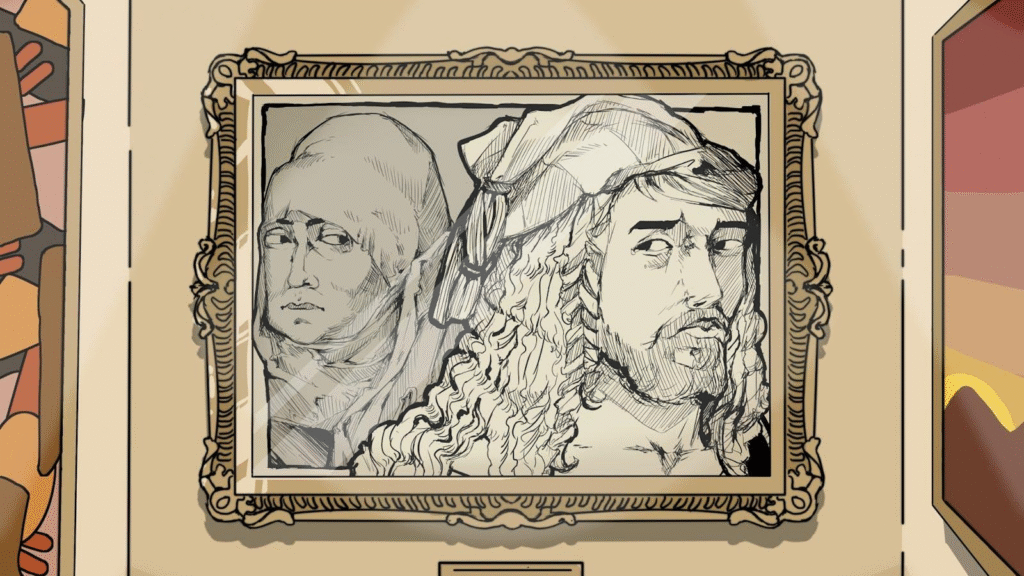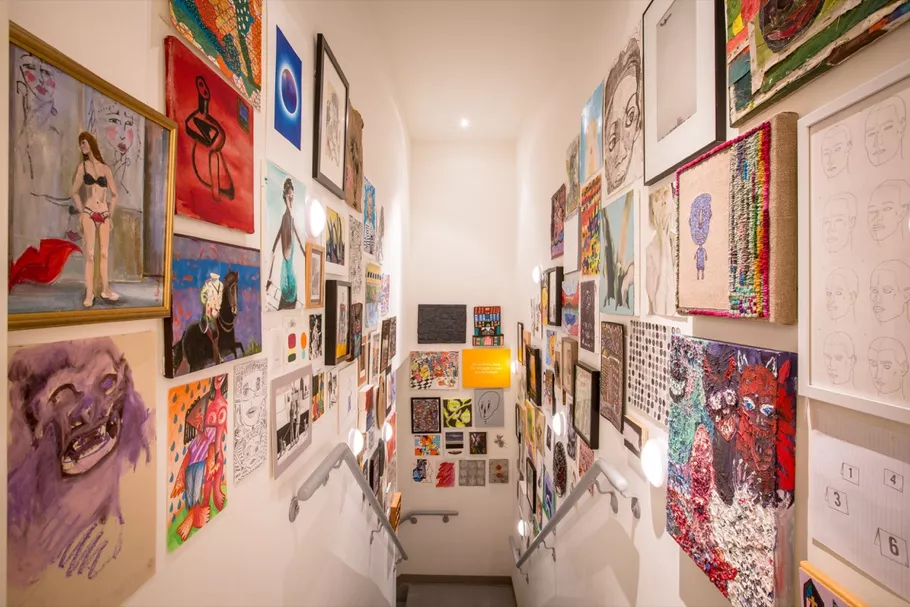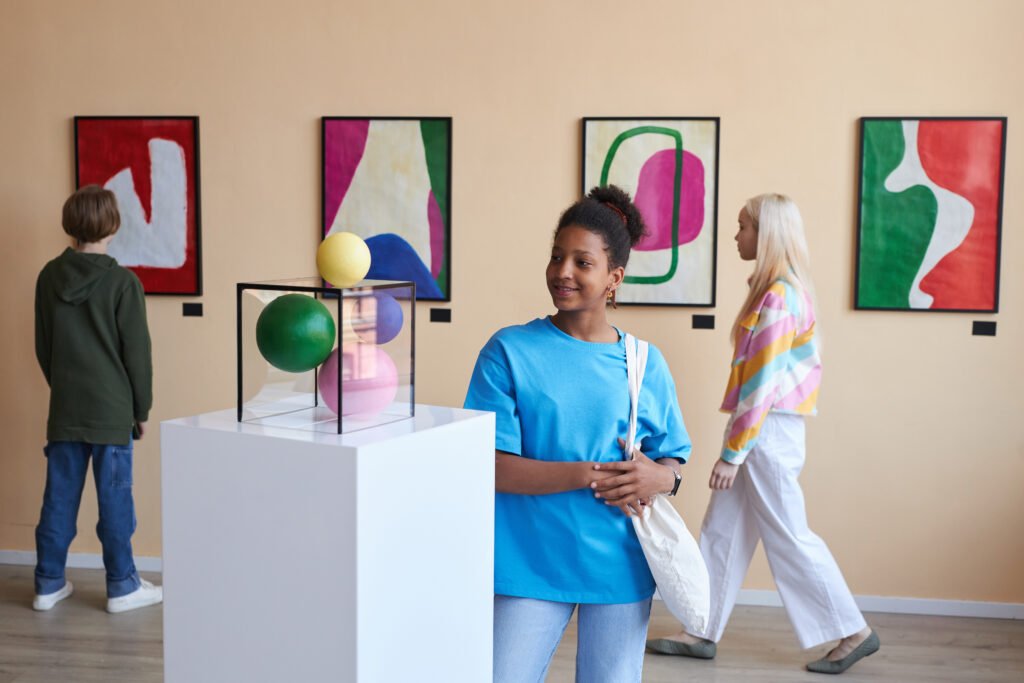The question of whether or not art is elitist has spanned centuries of philosophical and aesthetic reflection. From European modernity to the contemporary era, different authors have sought to understand the Nature of art, its criteria of value, and its social function.
The issue becomes even more relevant when we consider the institutions that have historically defined what counts as art and who can access it.
A dialogue between the conceptions of Hegel, Nietzsche, Heidegger, and Deleuze & Guattari reveals how these thinkers conceived of art: sometimes as an elevated sphere of the spirit, a vital force, a process of opening, or a practice that escapes fixed hierarchies.
Philosophical Views
Hegel understood art as one of the moments of the Absolute Spirit, alongside religion and philosophy. For him, art expresses the sensible as a manifestation of the idea.

Within this logic, there is a valuation of artistic forms that approach universality, reinforcing the idea that art, in its highest function, would only be accessible to those who participate in philosophical culture. The Hegelian hierarchy suggests that art is not an egalitarian experience.
Nietzsche, on the other hand, rejects this perspective. For him, art is the affirmation of life in its tragic dimension, a Dionysian force that confronts the Apollonian order.
By valuing the creative power that emerges from instinct, Nietzsche expands the field of art beyond academia. In this sense, art is not reduced to an elitist privilege but is an expression of life.
The Work of Art as an Event and Open Creation
Heidegger shifts the question by thinking of art as an event of truth. A work of art is not limited to an aesthetic object but is a way of unconcealing being. In this sense, art does not essentially belong to an elite but is the opening of a world.
Deleuze and Guattari present art as the creation of blocs of sensation, which subsist independently of the artist. They break with the idea of art as the heritage of elites, proposing a perspective in which creation circulates in multiple ways, without a center or hierarchy. In this sense, art approaches an open field where distinctions between high and popular culture lose relevance.
The question “is art elitist?” does not find a single answer. The debate remains current because the definition of what art is and who has access to it continues to depend on historical and social contexts.



